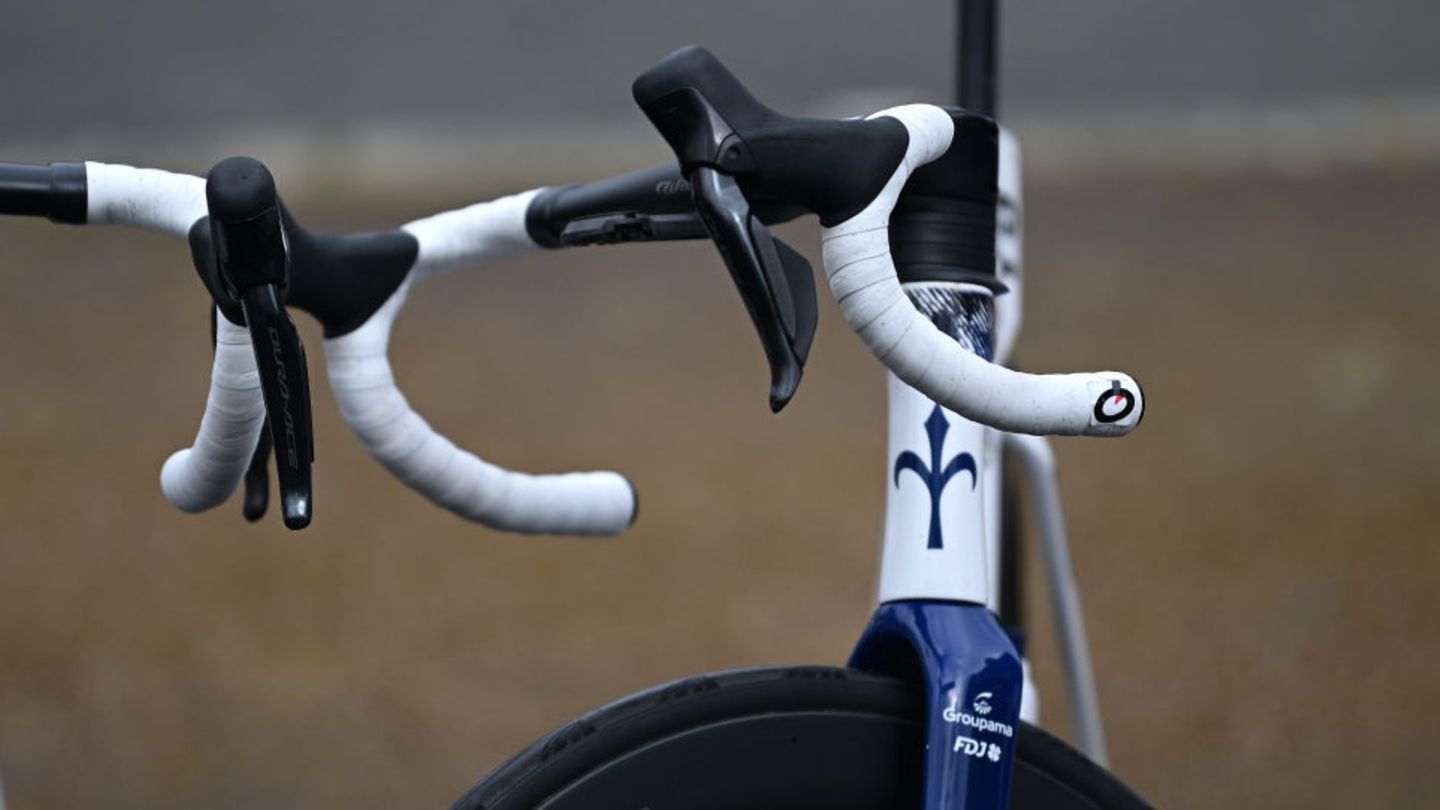Wrapped wrong?
Lighter band for the racing bike: why damping, grip and the design are so important
Grip, damping, design: How the right handlebar can change the driving experience on the racing bike – and which models are suitable for which type of driver.
Anyone who sits regularly on the racing bike will sooner or later feel it in your hands. Vibrations from the asphalt, irregular bumps from the cobblestones or on long descents add the bales of palm, often far before the legs get tired. The handlebar band is one of the most underestimated parameters on the bike – although it has a direct impact on comfort, security and performance. It is the only contact area between the hands and the bike, and at the same time a central element for the fine -tuning of the driving experience. Whether on long tours, on short sprints or in fast curves – a good handlebar bond springs bumps, prevents numbness and ensures precise control. It is all the more surprising how many racing cyclists do not pay attention to this simple accessories. It shows that the choice of the right material, the winding technique and the thickness can be decisive for hours in the saddle and, in the best case, lead to less fatigue and more driving pleasure.
Material choice decides on grip and damping
The choice of the handlebar band begins with the material, because this determines the driving experience significantly. Synthetic microfibers are particularly popular because they remain grippy in both heat and moisture. The ligaments are easy to clean, are durable and offer even damping. If you like it more classic, you use cork blends or perforated leather straps that combine an elegant look with natural shock absorption. However, the latter need more care and lose grip faster in the event of moisture or sweaty hands. PU foams with gel inserts or structured layers with a non-slip surface dominate in sportier segments. Models with vibration-damping EVA foam in particular are a noticeable advantage on uneven routes.
Another important criterion is the band thickness. Thinner handlebar straps around 1.5 to two millimeters strengthen more direct feedback from the surface. This can be crucial for drivers who are at the highest precision, such as fast criteria or time trials. On the other hand, if you prefer longer trips or are often traveling on bad roads, you will experience a much more pleasant, low -vibration driving feeling with thicker ribbons up to 3.5 millimeters.
Kennrad handlebar: what is important when changing
Not only the material, but also the type of winding influences comfort. Depending on the hand size, grip position and purpose, the tape can be wrapped closer or overlapping. It is important that no gaps or wrinkles arise because they can lead to pressure points in the long run. If you are unsure, you should watch the corresponding videos before assembly or have the tape installed in specialist shops. The overlapping of gel pads under the tape, especially in the area of brake handles, can also help to increase comfort.
The end usually takes place with a steering plug and an adhesive tape. Both should be as high -quality as possible, as cheap plugs often loosen or clatter over time. High-quality systems rely on integrated Velcro or clip mechanisms.
When optics meet function: color choice and design
The design of the handlebar band also plays a role, albeit a subjective. Depending on the frame design, a band can be chosen in terms of color or deliberately contrasting. White ligaments look sporty and light, but quickly show dirt. Black is more easy to care for, while colors such as blue, red or neon yellow are often used as a stylistic statement. Some manufacturers offer tapes with imprinted patterns or logos, others rely on reflective surfaces for better visibility in road traffic.
Driver type: Which handlebar band suits you?
A microfiber tape with gel upholstery is ideal for frequent drivers who are regularly on changing surfaces. Models like that Connect shock absorption with reliable grip even for moisture. The slightly structured cover ensures control without feeling sticky.
If you value maximum comfort, for example on long tours or on cobblestones, you will find in A suitable option. It is particularly thick, reducing vibration and yet handy. Due to the special polymer structure, it remains non -slip even with sweat or rain and offers excellent damping.
This is recommended for minimalists or sporty drivers the maximum grip due to its sticky surface also allows for aggressive driving style. It is thinner what creates more direct feedback and is therefore used by many professionals.
On the other hand, if aesthetics are in the foreground without refraining from functioning, a perforated synthetic leather band like that can be a stylish solution. It brings the vintage charm of the classic Brooks leather saddles to modern racing bikes without relying on animal quality products.
If you want to install additional damping pads, you should Watch that are placed under the actual handlebar band. They noticeably improve comfort without negative influencing the grip.
Keeperband racing bike: maintenance, durability and exchange
How long a handlebar will last depends on the intensity and conditions of use. If you drive every day, in the heat, sweat or rain, you should exchange the band every six to twelve months. It is advisable not to wait too long at the start of abrasion, decrease or slippery grip. The hands get used to slight changes – but a band that is too old can quickly become a problem, especially on long journeys or sporting stress.
The cleaning usually succeeds with a damp cloth and mild cleaning agent. However, white or bright ribbon can permanently discolour in the event of heavy pollution – a regular exchange is worthwhile here.
*This article contains so-called affiliate links to products in online shops. If a user clicks on it and buys something, the publisher receives a commission from the dealer, not from the manufacturer. Of course, where and when you buy a product is up to you.
Source: Stern
I am Pierce Boyd, a driven and ambitious professional working in the news industry. I have been writing for 24 Hours Worlds for over five years, specializing in sports section coverage. During my tenure at the publication, I have built an impressive portfolio of articles that has earned me a reputation as an experienced journalist and content creator.




